Picture this: millions of years ago, dragonflies with wingspans the size of dinner plates soared through ancient skies, and beetles as large as small dogs scuttled across forest floors. Today, most insects you encounter could fit comfortably in your palm. What happened? Did they shrink by accident, or was there something more deliberate at play? The answer might surprise you — many insects actually evolved to become smaller on purpose, and the reasons behind this dramatic transformation reveal one of nature’s most fascinating survival strategies.
The Ancient Giants That Once Ruled Earth
During the Carboniferous period, roughly 300 million years ago, the insect world looked like something from a science fiction movie. Meganeura, a prehistoric dragonfly, boasted wings spanning over two feet across. These aerial predators dominated skies thick with oxygen, hunting smaller creatures with ruthless efficiency.
The secret to their enormous size lay in Earth’s atmosphere, which contained up to 35% oxygen compared to today’s 21%. This oxygen-rich environment allowed insects to grow to gigantic proportions because their primitive respiratory systems could finally support larger bodies. Imagine encountering a cockroach the size of a small cat or a mayfly with wings broader than a hawk’s.
When Oxygen Levels Dropped, Everything Changed
As Earth’s climate shifted and oxygen levels began to decline, the insect world faced its first major downsizing crisis. The atmospheric oxygen that had fueled their gigantic growth started to disappear, creating a survival challenge that would reshape the entire insect kingdom.
Insects breathe through a network of tubes called tracheae, which transport oxygen directly to their tissues. Unlike mammals with lungs and circulatory systems, insects rely on passive diffusion to move oxygen through their bodies. When oxygen levels dropped, only smaller insects could efficiently extract enough oxygen to survive.
This wasn’t just a gradual decline — it was an evolutionary bottleneck that eliminated the giants and favored the miniaturized survivors. The insects that adapted to smaller sizes didn’t just survive; they thrived in ways their massive ancestors never could.
The Metabolic Advantage of Going Small
Shrinking down offered insects a metabolic jackpot that larger creatures couldn’t match. Smaller bodies require exponentially less energy to maintain, allowing insects to survive on minimal food sources and reproduce more frequently. A tiny ant can survive on food scraps that wouldn’t sustain a mouse for minutes.
This metabolic efficiency became a superpower in unpredictable environments. When food became scarce or conditions turned harsh, small insects could enter dormant states, slow their metabolism to nearly zero, and wait out difficult periods. Their giant ancestors, with their massive energy demands, simply couldn’t adapt to these survival strategies.
Surface Area Physics Made Small Bodies Superior

The physics of shrinking revealed unexpected advantages that made smaller insects evolutionarily superior. As body size decreases, surface area increases relative to volume, creating better heat regulation and more efficient gas exchange. This meant smaller insects could survive in a wider range of temperatures and environments.
Think about how a small ice cube melts faster than a large one — the same principle applies to insect bodies. Smaller insects can warm up quickly in morning sun, cool down rapidly in shade, and maintain optimal body temperature with minimal energy expenditure. This thermal flexibility opened up new habitats and ecological niches.
Reproduction Revolution Through Miniaturization
Perhaps the most significant advantage of downsizing was the reproductive revolution it enabled. Smaller insects could reproduce faster, produce more offspring, and adapt to changing conditions with lightning speed. A single fruit fly can produce hundreds of descendants in just a few weeks, while larger insects might take months or years to reproduce.
This rapid reproduction rate meant smaller insects could evolve and adapt to new challenges much faster than their larger counterparts. When environmental conditions changed, populations of small insects could develop resistance, new behaviors, or physical adaptations within just a few generations.
Predator Avoidance Through Invisibility
Becoming smaller transformed insects into masters of stealth and camouflage. Tiny insects could hide in spaces that were impossible for larger predators to access — inside flower petals, beneath bark crevices, or within the soil itself. This invisibility became their greatest defense mechanism.
Many insects evolved to become so small they could live their entire lives on a single leaf, completely undetected by birds, spiders, and other predators. Some species became so tiny they could survive inside other insects, creating entirely new parasitic lifestyles that were impossible at larger sizes.
The ability to disappear also meant insects could survive catastrophic events that wiped out larger animals. While dinosaurs went extinct, tiny insects survived ice ages, volcanic eruptions, and mass extinction events by simply being too small to be significantly affected.
Energy Efficiency in Flight Became Paramount
Flight mechanics completely transformed when insects downsized, creating new possibilities for aerial mastery. Smaller wings could beat faster with less energy, allowing for more precise maneuvers and extended flight times. A mosquito can hover, dart, and change direction with an agility that would be impossible for a bird-sized insect.
The wing-loading ratio — the relationship between body weight and wing area — became much more favorable for smaller insects. This meant they could fly longer distances relative to their size, access more diverse food sources, and escape predators more effectively than their bulkier ancestors.
Micro-Habitats Opened New Evolutionary Paths
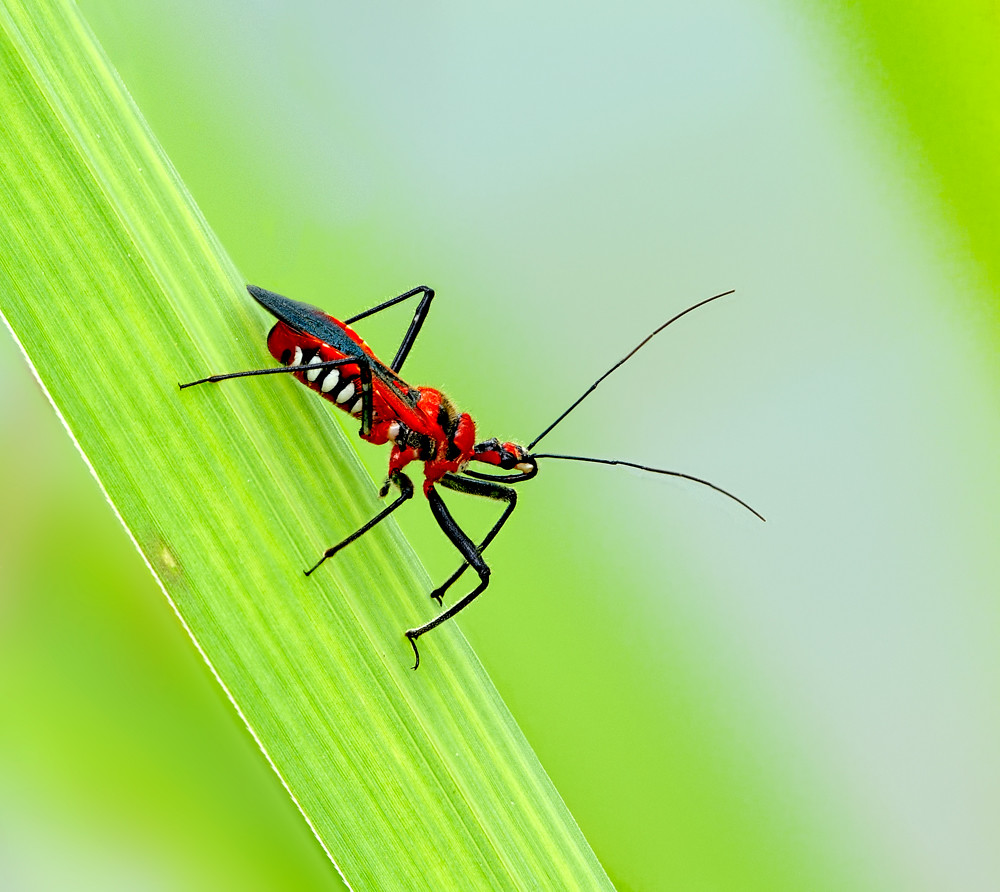
Shrinking bodies allowed insects to exploit micro-habitats that were previously inaccessible. Spaces between sand grains, the interior of plant stems, and the gaps between flower petals became entire ecosystems for miniaturized insects. These micro-environments offered protection, food sources, and breeding grounds that larger insects couldn’t utilize.
Some insects became so specialized for these tiny spaces that they evolved unique body shapes and behaviors. Thrips, for example, became elongated and flattened to live between leaf surfaces, while some beetles developed cylindrical bodies to navigate inside plant stems.
This habitat diversification led to explosive speciation, as different populations adapted to specific micro-environments and evolved into distinct species. The variety of ecological niches available to small insects far exceeded what was possible for their giant ancestors.
Chemical Warfare Replaced Brute Force
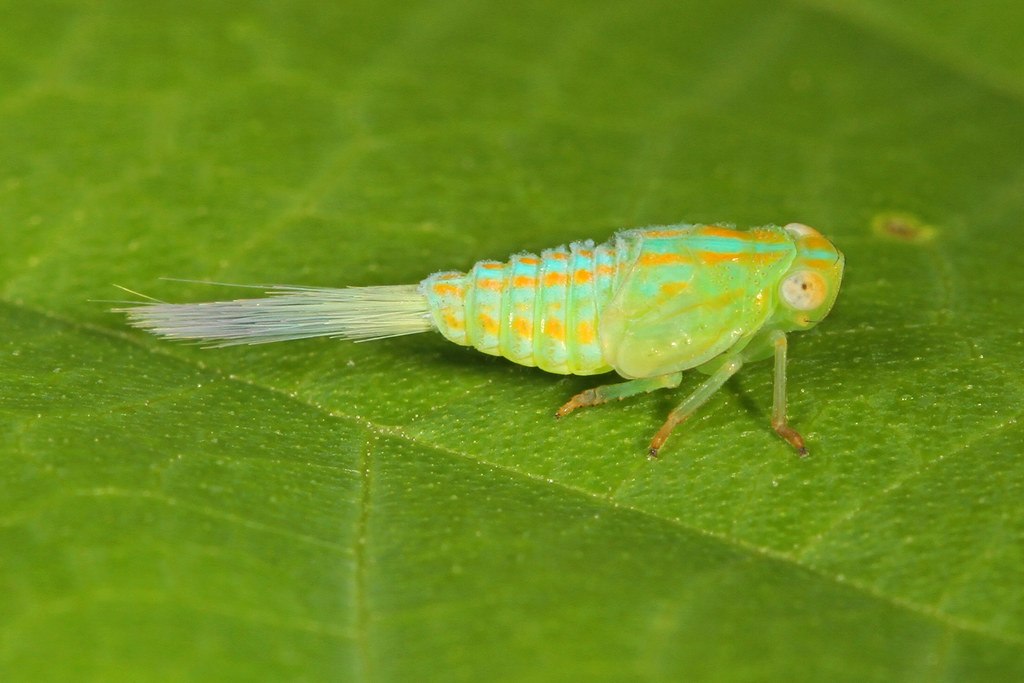
As insects became smaller, they couldn’t rely on size and strength to survive, so they developed sophisticated chemical defense systems instead. Poison, pheromones, and toxic secretions became the new weapons of choice, proving far more effective than the brute force tactics of their larger ancestors.
A tiny ant can carry venom potent enough to incapacitate creatures hundreds of times its size. Some beetles produce chemicals so noxious they can clear entire areas of predators. These chemical weapons were impossible to develop when insects were large because the energy cost would have been prohibitive.
The chemical arms race that resulted from miniaturization led to some of the most sophisticated biochemical systems in the animal kingdom. Insects developed the ability to manufacture complex compounds, detect minute chemical traces, and communicate through chemical signals with precision that rivals modern technology.
Social Complexity Emerged from Smaller Bodies
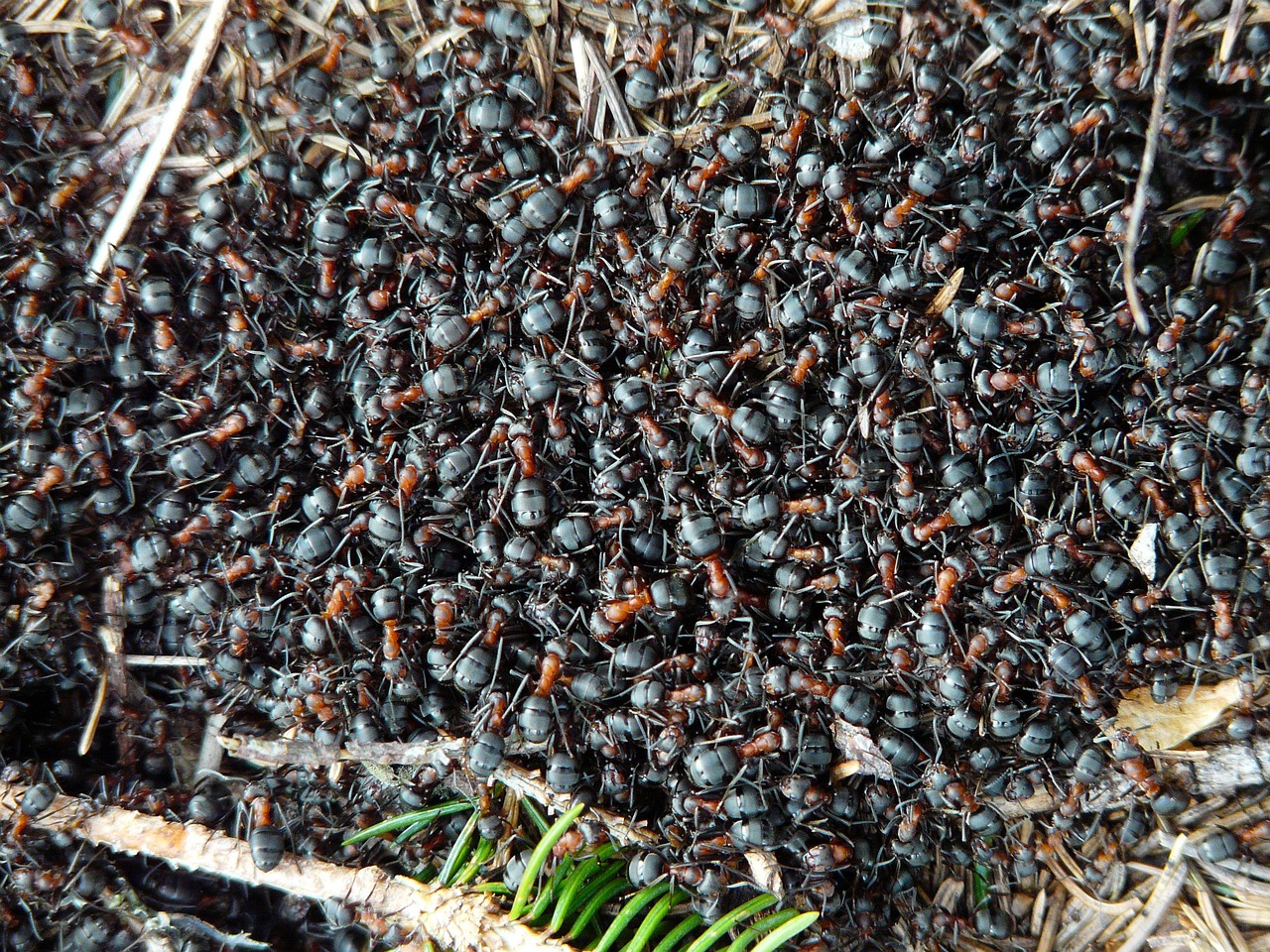
Miniaturization enabled the evolution of complex social structures that were impossible for larger insects. Colonies of millions of tiny ants, bees, and termites could work together because individual insects required minimal resources and could specialize in specific roles without competing for limited food.
The division of labor in ant colonies, with specialized workers, soldiers, and reproductive individuals, only became possible when individual insects became small enough to be expendable. A colony could sacrifice thousands of worker ants to protect the queen because each individual represented a minimal investment of resources.
These social systems created collective intelligence and problem-solving abilities that far exceeded what any individual insect could achieve. The combined efforts of millions of small insects could build structures, coordinate attacks, and solve complex problems that would challenge much larger animals.
Camouflage and Mimicry Reached New Heights
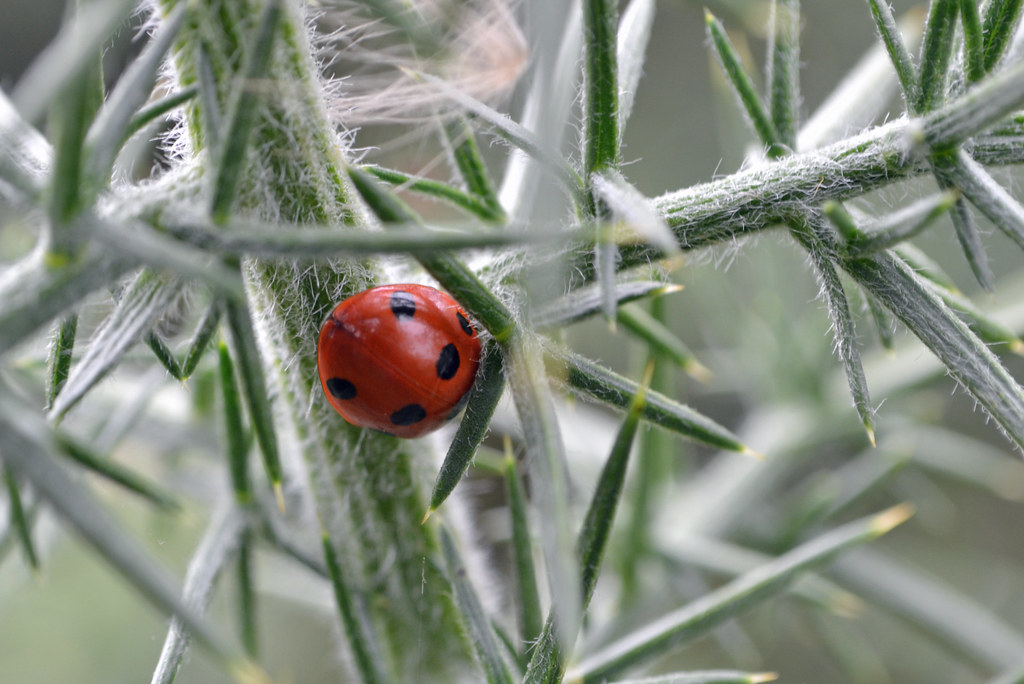
Smaller size allowed insects to develop incredibly sophisticated camouflage and mimicry strategies. Tiny insects could perfectly match the color and texture of their surroundings, becoming virtually invisible to predators and prey alike. Some species evolved to look exactly like bird droppings, dead leaves, or even other insects.
The precision required for effective mimicry was only possible at smaller scales. A large insect trying to mimic a leaf would need enormous leaves to hide behind, but a small insect could perfectly match the size and appearance of common vegetation. This led to an evolutionary arms race between predators and prey that continues today.
Some insects became so skilled at mimicry they could fool other insects into thinking they were something else entirely. Certain flies evolved to look like bees, gaining protection from predators who learned to avoid stinging insects.
Survival Through Extreme Conditions
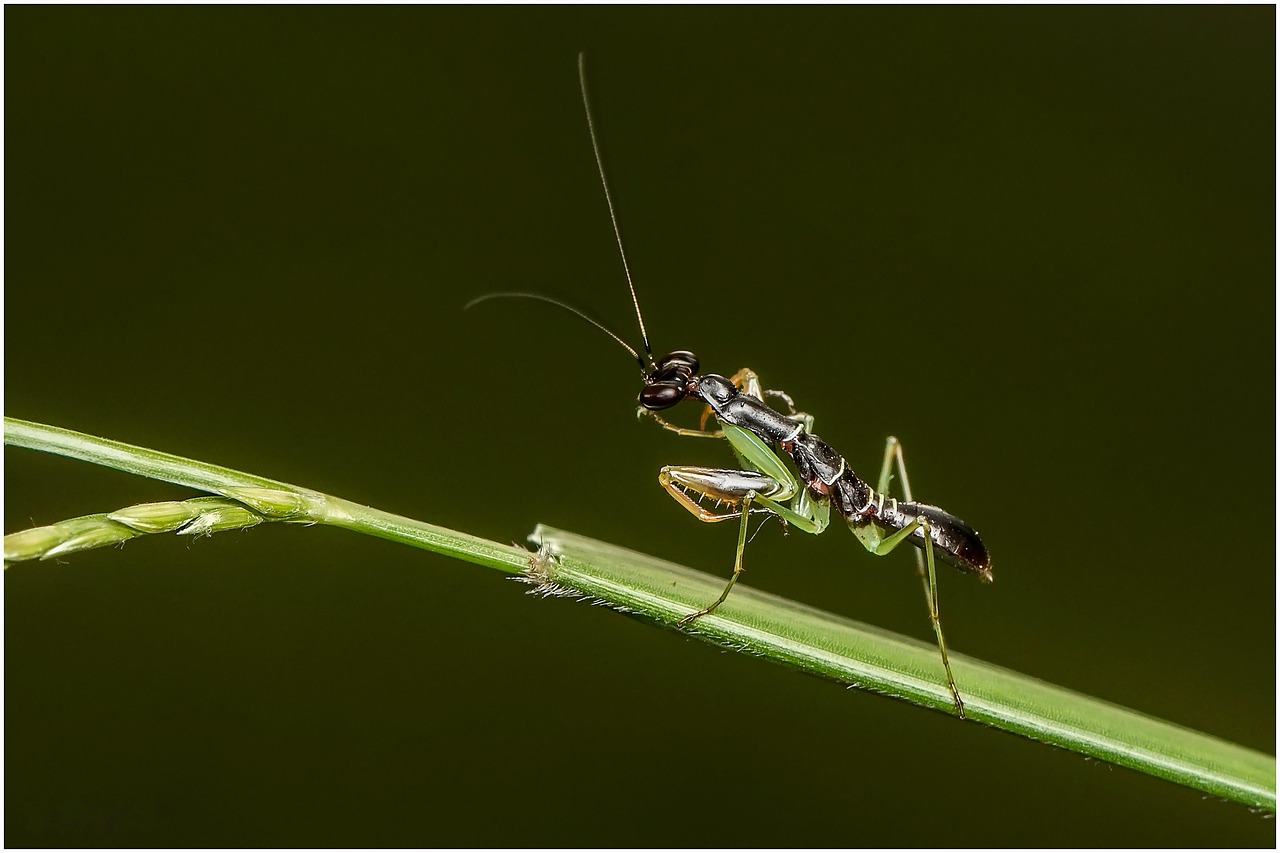
The physics of being small provided unexpected advantages during extreme environmental conditions. Smaller insects could survive freezing temperatures by producing antifreeze compounds, while their low body mass made them less susceptible to temperature fluctuations. They could also survive longer without food or water.
During droughts, small insects could enter cryptobiosis — a state where all metabolic processes essentially stop until conditions improve. This survival strategy, impossible for larger animals, allowed insects to persist through environmental disasters that eliminated their bigger competitors.
The resilience of small insects became legendary. They survived ice ages, volcanic eruptions, and asteroid impacts that wiped out much larger creatures. Their ability to go dormant, hide in tiny spaces, and require minimal resources made them virtually indestructible.
Modern Advantages of Ancient Downsizing
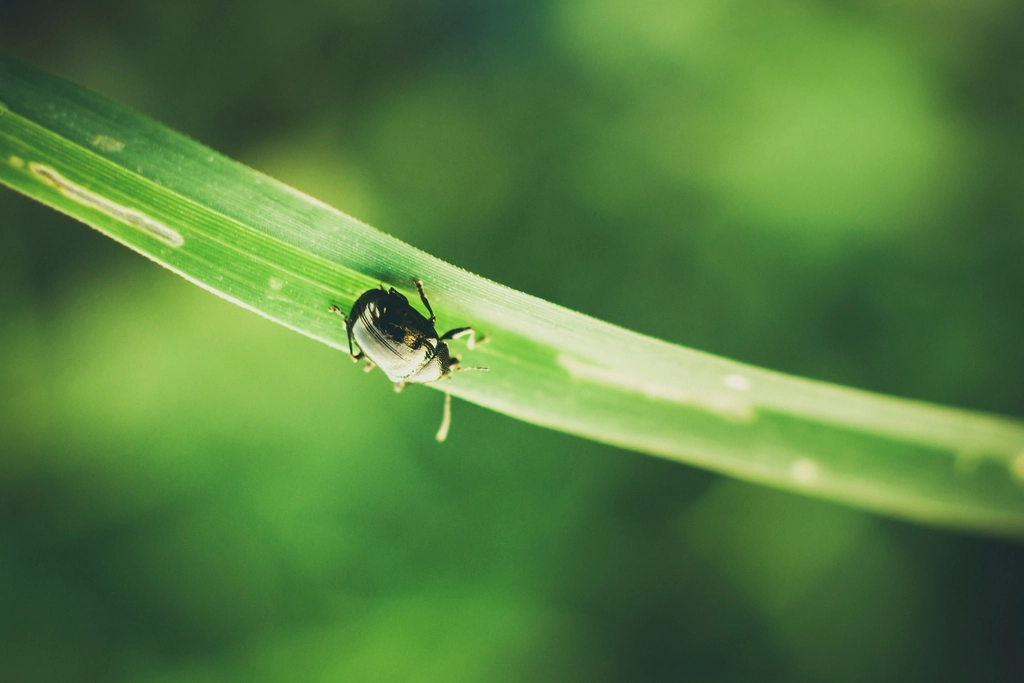
Today’s insects continue to benefit from the evolutionary decision to downsize millions of years ago. Their small size allows them to exploit human-modified environments in ways that larger animals cannot. They can live in cracks in concrete, feed on food scraps, and reproduce in spaces no bigger than a bottle cap.
Climate change and environmental destruction that threatens larger species often creates new opportunities for small insects. Their rapid reproduction, efficient metabolism, and ability to adapt quickly to changing conditions make them remarkably resilient to human-induced environmental changes.
The success of small insects in modern environments demonstrates that bigger isn’t always better in evolution. Sometimes, the winning strategy is to become smaller, more efficient, and more adaptable rather than larger and more powerful.
The Evolutionary Lesson of Purposeful Shrinking
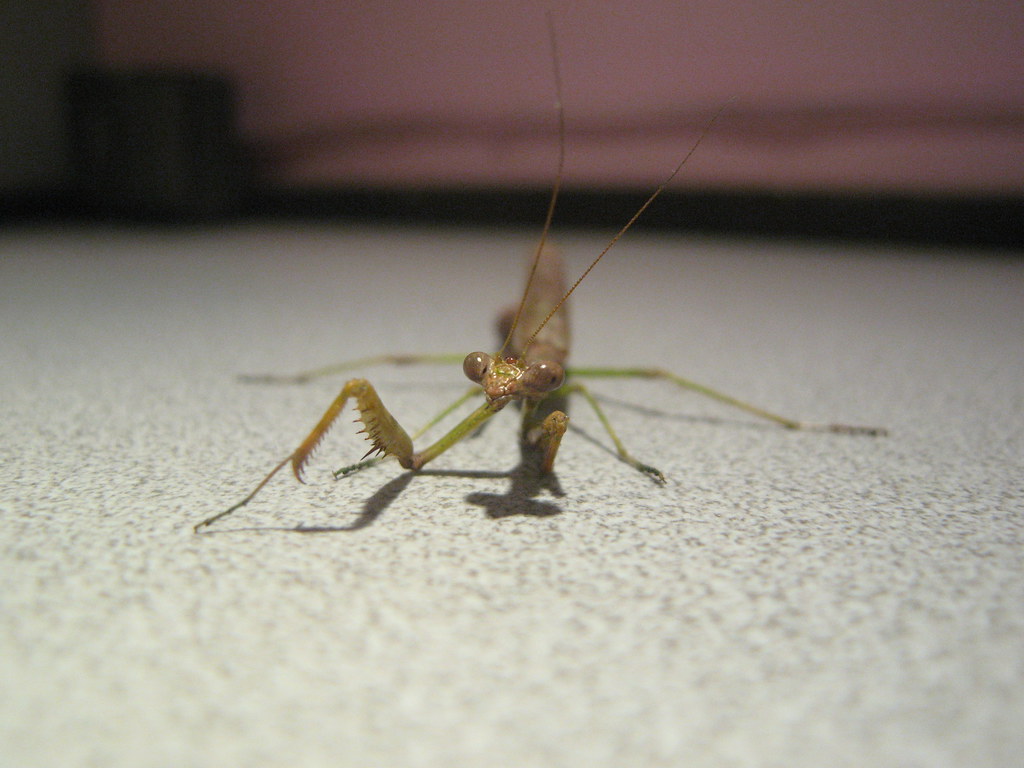
The story of insect miniaturization reveals a profound truth about evolution: sometimes the most successful strategy is to become smaller, not larger. While popular culture often celebrates the biggest and strongest, insects discovered that efficiency, adaptability, and resourcefulness often triumph over brute size and strength.
This evolutionary downsizing wasn’t random — it was a purposeful response to changing environmental conditions that favored smaller, more efficient body plans. The insects that survived and thrived were those that could adapt to a world with less oxygen, more competition, and rapidly changing conditions.
The next time you see a tiny ant carrying a crumb ten times its size, or watch a mosquito perform aerial acrobatics that would make a fighter pilot jealous, remember that you’re witnessing the result of millions of years of evolutionary refinement. These small creatures aren’t just survivors — they’re the ultimate success story of purposeful downsizing in the natural world. What other evolutionary strategies might surprise us if we looked beyond size to see the true measures of success?

